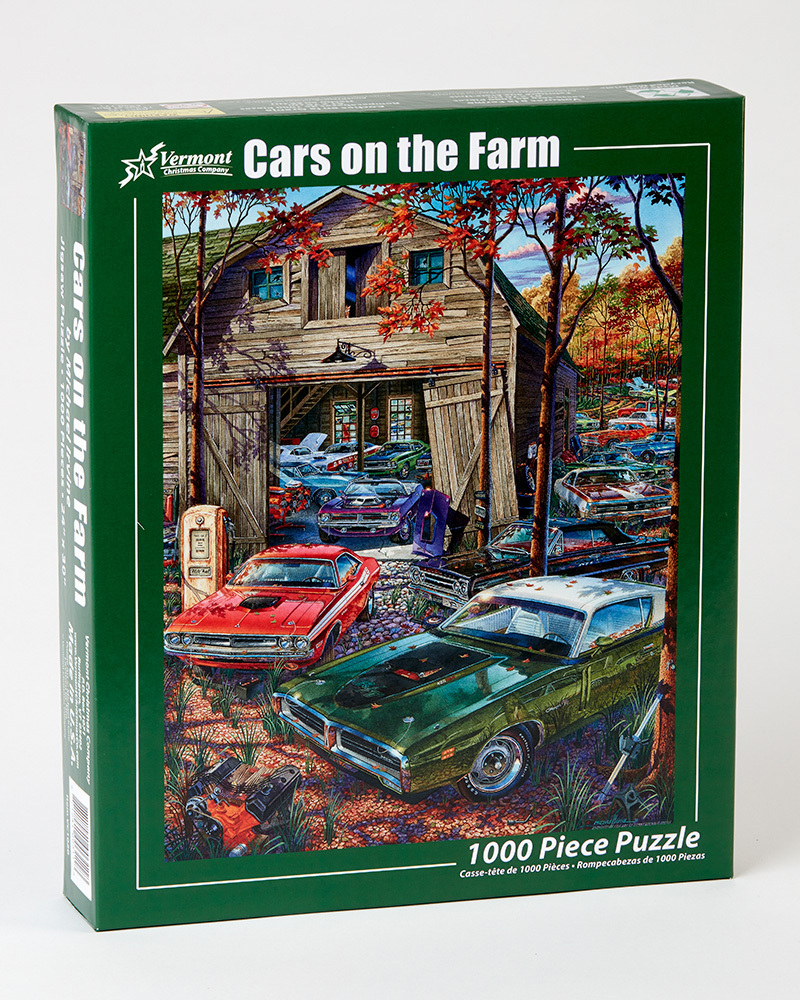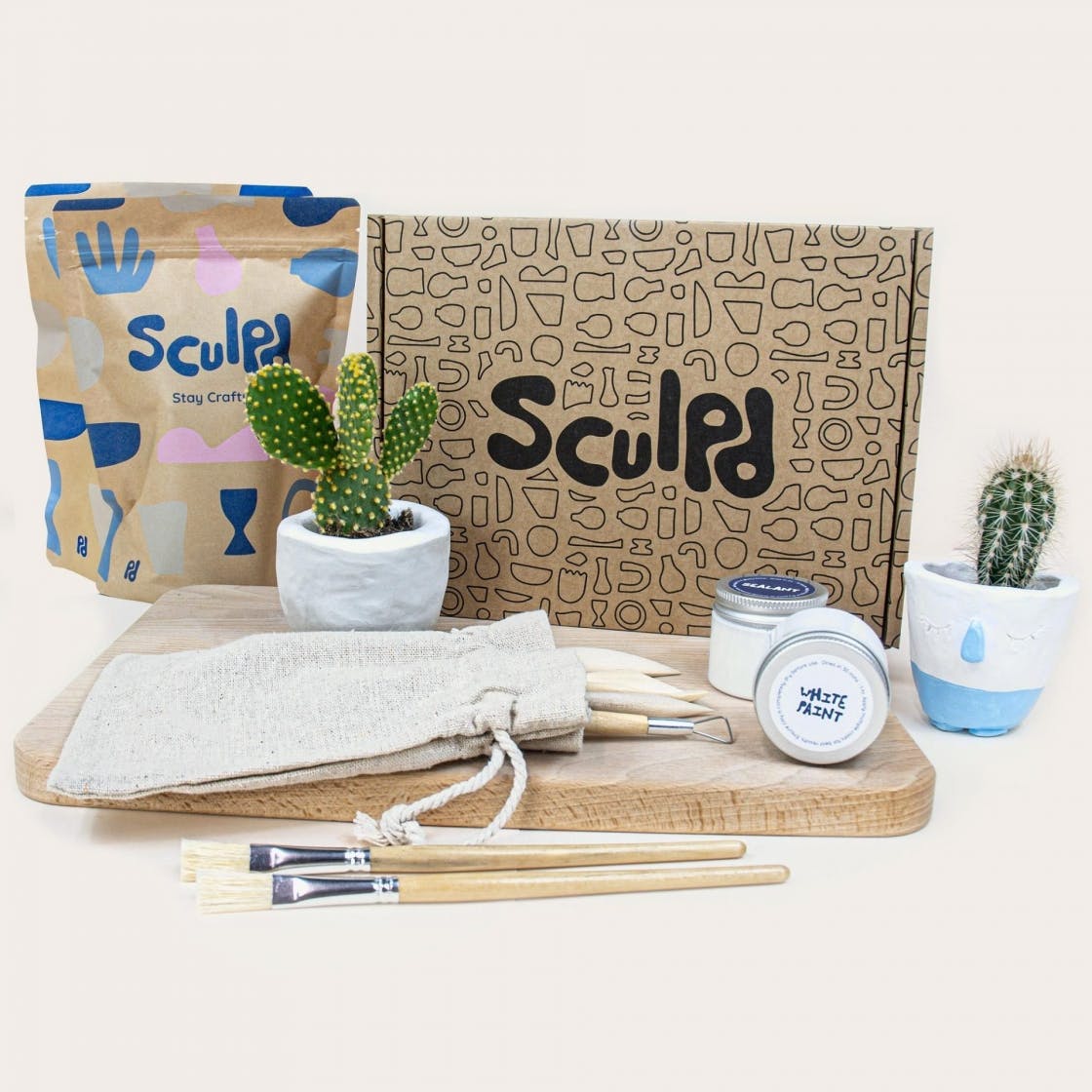
It is possible to be a beginner in knitting and wonder which knitting for beginners projects you should attempt. There are many options open to beginning knitters. Here are some options: Cowls (and Dishcloths), Potholders (and Coasters), and more. These projects can be completed by anyone, even beginners.
Dishcloths
Dishcloths can be an excellent first project if your are new to knitting. They are quick and easy to create, and they don't require any complicated stitches. Only three things are required: yarn, knitting needles and a crochet hook. You have two options: go square or crazy with fancy stitches.
Cowls
A hat makes knitting easy for beginners. The Easy Banded Beanie makes a great beginner project. It can be made with any yarn you choose and has a simple design. Recycled Silk Hat - This knitting pattern is easy and perfect for fall or winter.

Potholders
An easy knitting pattern can be used to make potholders for beginners. Although there are many ways to make potholders, they require basic knitting skills. To make potholders that are more unique, beginners can use double yarn.
Coasters
Coasters are easy knitting projects you can do even if you're not a skilled knitter. This pattern is only two stitches long: knit and crochet. The finished product can be displayed on your coffee table in a durable fabric. There are many free patterns online that you can use to knit coasters.
Planter covers
If you're looking for a fun and easy project for beginners, knitting planter covers is a great option. You can play with the size, color, and texture of your planter covers. You can add buttons or other embellishments to make the planter unique. Covers will protect your plants until spring. Remaining sweaters can be used as a pillow, coffee sleeve, or stocking.
Crochet dishcloths
Crochet dishcloths can be a great way to learn new knitting and crochet skills. You don't have to be a pro at crocheting or knitting. This project can help you start using the correct tools and techniques. These are just a few examples to show you how to use different yarns in your dishcloths.

Crochet coasters
Crochet coasters are quick and easy to make. They can be made in any size and use any size hook. They're not only useful, but they also look cute. They can also absorb water from glassware, so you won't have to worry about your table getting covered in water rings. Crochet Coasters are easy to clean.
FAQ
What is a good hobby for kids?
For kids, a hobby can be any activity that they are interested in doing as part of their everyday routine. They might like to draw pictures, build things, paint, write stories, play with toys, read books, watch TV, listen to music, play computer games, ride bikes, skateboard, swim, climb trees, run around outside, play football, basketball, volleyball, rugby, cricket, baseball, soccer, hockey, dodgeball, rounders, tag, hide and seek, hopscotch, marbles, jump rope, hopscotch and many others.
Many parents worry that their kids will get into trouble when they're free to do what they want. This isn't necessarily true, though. Your child won't get in trouble if they are safe and don't do any harm to anyone.
It's important for people to understand that just because they like something doesn't necessarily mean they'll choose it all the time. They might decide to draw instead of write if they enjoy drawing pictures.
There are many hobbies available, so you can choose the one you like best.
What are some ideas for hobbies?
Hobby Ideas for people who love to learn and teach others.
Hobbies are great ways to spend time doing what you enjoy while learning something new at the same time.
There are many different types of hobbies, but they all have similar characteristics. These are fun, easy activities that cost little and don't take too much effort.
These also involve helping others.
While you may not see yourself as a teacher at first, chances are that there is something you could do for someone else.
If you are looking to become more creative in your daily life, you might consider starting a hobby that allows you to share your talents with others.
What are some hobbies that seniors might enjoy?
Senior citizens should enjoy engaging in fun activities. Senior citizens should be active and participate in other activities.
They might be interested in joining clubs that offer similar interests. This will make them less lonely as they age.
Seniors need to keep up with current trends. You could, for example, follow the latest trends in fashion, literature, and music.
Statistics
- 37% Video Games 36% Travel 36% Health and Fitness (quizexpo.com)
- A new survey by Pew Research Center of teens ages 13 to 17 finds that 36% of girls feel tense or nervous about their day every day; 23% of boys say the same. (pewresearch.org)
- I am 100% biologically a woman (discover.hubpages.com)
- This 100% accurate personality-analyzing hobby quiz discovers your passion based on your characteristics. (quizexpo.com)
- The Role of the Mind in Sex, Dating, and Love: Men in the “humor” condition received phone numbers from 42.9% of the female participants and were refused 57.1% of the time. (time.com)
External Links
How To
How to get started gardening
Gardening is one among the oldest forms. It takes patience, persistence, determination, and perseverance. The first step in starting your own garden is choosing a location where you want to grow food. You could choose to plant food on a large parcel of land, or in your own backyard. Next, decide what type of plants you want to grow. Are you more fond of flowers or vegetables? Some people enjoy growing herbs while others love raising livestock such as rabbits. Before you decide what crops to plant, you should think about how much space is available. You might consider growing berries or fruits if you live in a cold climate.
Once you have chosen what you will be planting, you must take some time to prepare your soil. It is vital that your soil is prepared properly to determine whether or not your plants will thrive. A good soil has organic matter which helps to feed the roots of your plants. Organic matter includes leaves, twigs (grass clippings), manure, compost, and manure. After you have prepared your soil you must add nutrients. You may need different amounts depending on what type of plants you are trying to grow. A fertilizer calculator online can help you determine these values. Many fertilizers are on offer, so make sure that you know which one you are buying.
After preparing your soil and adding the proper nutrients, you now need to wait until your seeds germinate. The process can take between 2 and 3 months depending on how hot or cold it is in your region. After seeds have sprouted, water them every day. Problems can arise if you water your plants too frequently or too little. Avoid overwatering your plants. Overwatering can lead to root rot and fungal diseases. Keep in mind that plants are more thirsty during summer than winter. Keep in mind that certain plants may need to be dried after being watered. For example tomatoes should be kept slightly moist and not wet. Soggy soil is not good for them. After the plants have finished flowering they must go dormant. Dormancy occurs when plants stop producing any new growth and start to store energy for the next harvest. Dormancy is when the plant stops sending signals back to its roots for food production. Throughout this time, plants can store energy. The plant will eventually die if it is not given enough sunlight or temperatures below freezing.
You may be limited in what plants you can grow if you live in an urban area. Concrete sidewalks, roads or parking lots can block sunlight from reaching urban areas. Concrete absorbs sunlight, which prevents the soil beneath from getting enough sun exposure. Many plants can't survive in urban environments due to lack of sunlight. There are still plants that thrive in urban environments. Many trees, shrubs, and perennials can adapt to city living. Many annuals can be grown indoors, too, in containers. You can have fresh greenery all year round with container gardens.
You're now ready to plant after you have chosen where and what to grow in your garden.